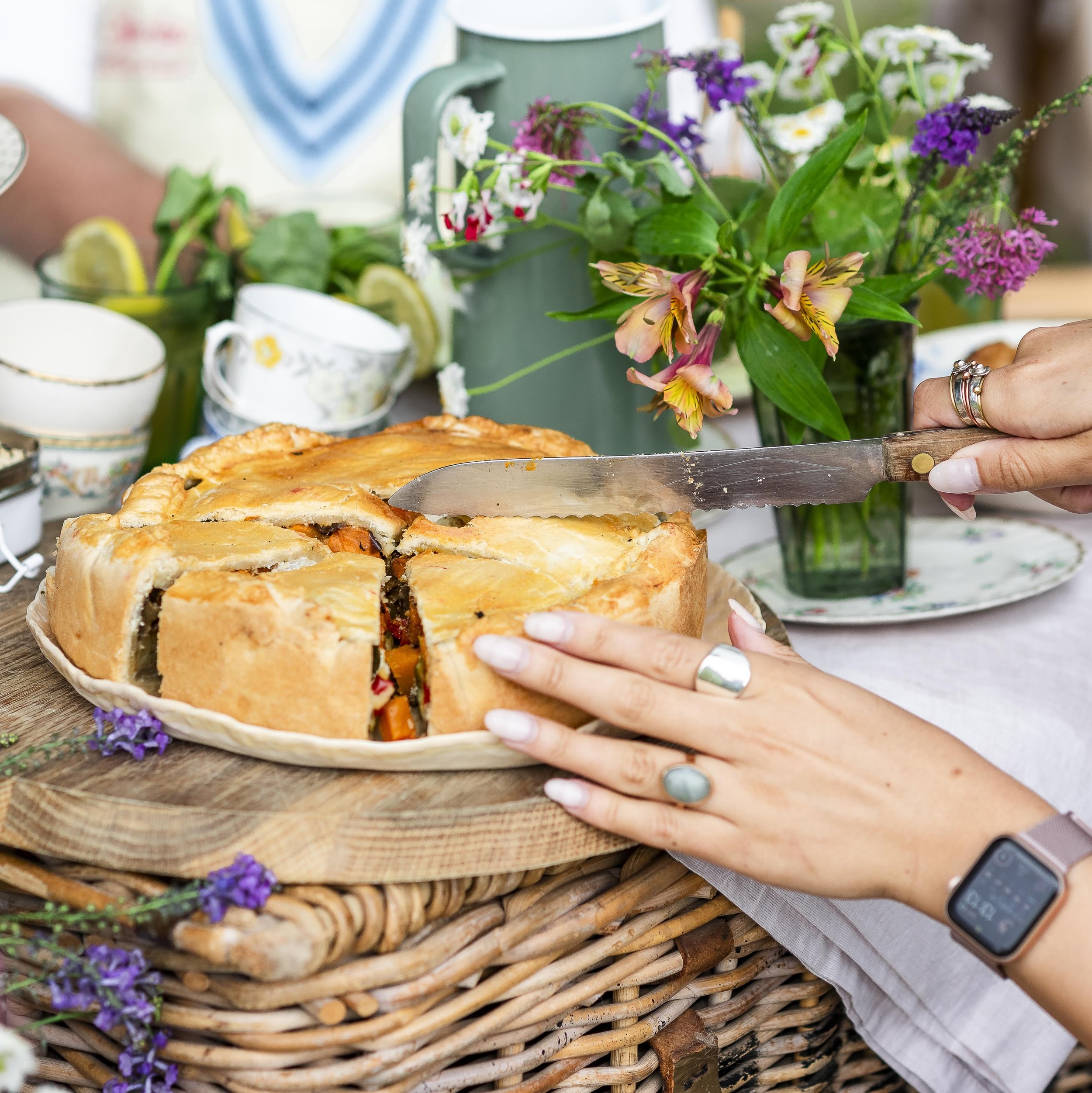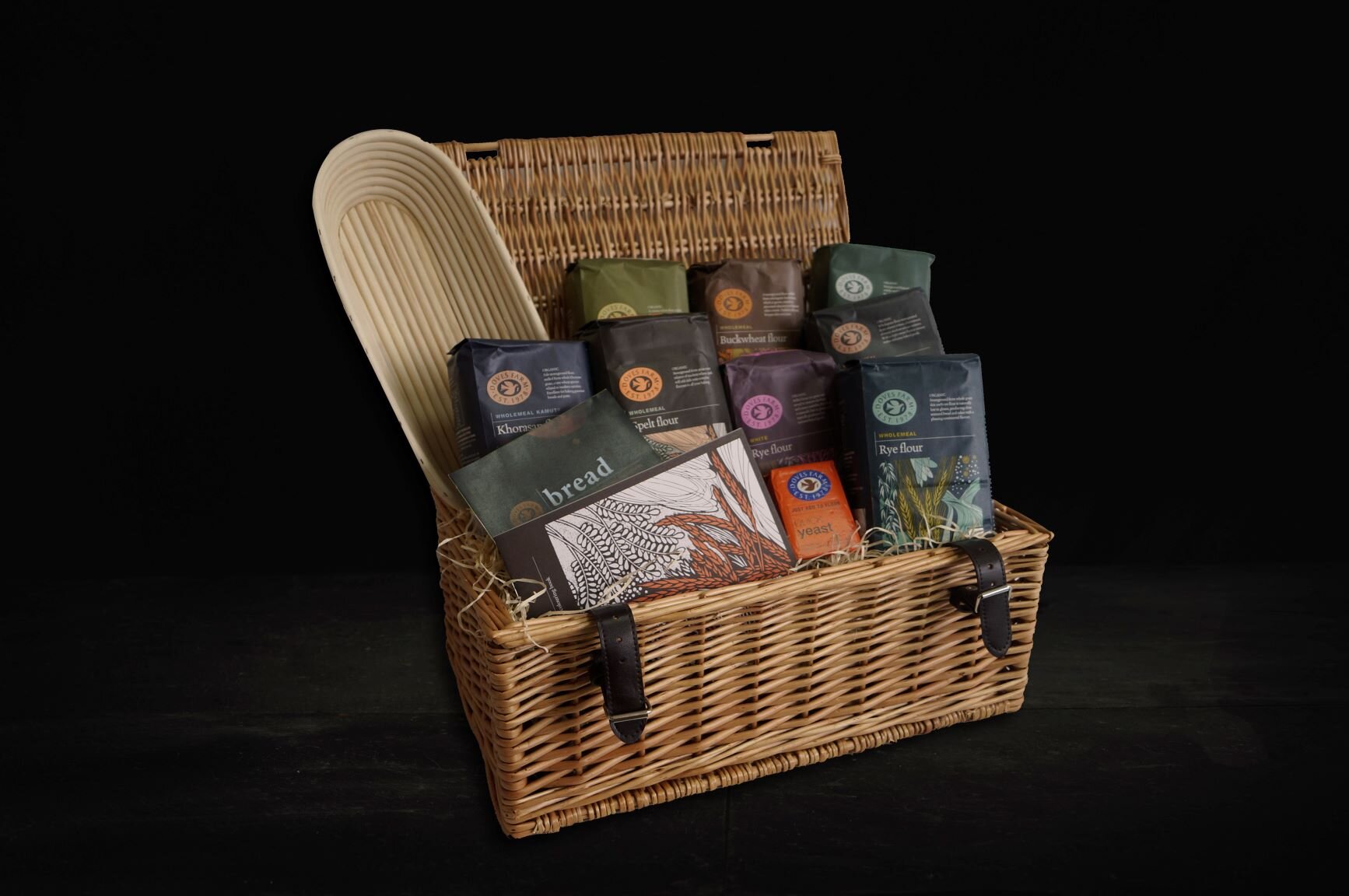What’s the only thing better than a sticky toffee apple? This tipsy toffee apple brew, especially when sipped beside the fire
There are a few stages to this, but once made the syrups will last a few weeks in the fridge, so there’s no need to rush through it. The first step is to make a simple syrup, which you will then use to make a caramelised simple syrup that will give the bourbon a beautiful toffee taste.
Simple syrup
‘Cups’ are used here not in any exact way, but merely to show that we want the volume of sugar and water to be the same, and so you may as well pour each into the same cup to measure out.
2 cups water
2 cups granulated sugar
1 Heat water and sugar gently in a saucepan until the sugar has dissolved, then bring to the boil and simmer until the liquid turns clear.
2 When completely cool, pour into a jar and store in the fridge.
Caramelised simple syrup
This caramelised syrup recipe is adapted from Homemade Liqueurs and Infused Spirits by Andrew Schloss (Storey Publishing).
1 cup granulated sugar
2 cups simple syrup
1 Heat the sugar in a small saucepan on a medium-high heat until it starts to turn brown at the edges. Stir with a wooden spoon. The sugar will turn lumpy. Keep on stirring for a few mins until it turns deep orange and completely liquid.
2 Stand back and carefully pour in the simple syrup. The mixture will bubble furiously and the sugar will turn solid. Keep heating and stirring and the lump of caramelised sugar will slowly dissolve into the syrup.
3 When cool, pour through a strainer into a jar and store in the fridge. Eat the pieces of caramel left behind in the strainer.
Bourbon
This infused bourbon combines the tastes and scents of the moment. Caramelised simple syrup is combined with grated apple and the whole given a note of smokiness with the addition of a teaspoon or so of Lapsang Souchong tea.
3 apples
360ml caramelised simple syrup
480ml bourbon
2 cinnamon sticks
2 tsp lapsang souchong
1 Grate the apples into a large, sterilised, sealable jar and pour in the syrup.
2 Muddle together and then add all the other ingredients and mix well. Leave to infuse for five days.
3 After five days, strain through a muslin into another sterilised, sealable jar. Leave to drip through the muslin for a few hours rather than squeezing it, for a clearer result.
4 You can drink immediately, or seal and store somewhere cool and dark for up to a year.


































































